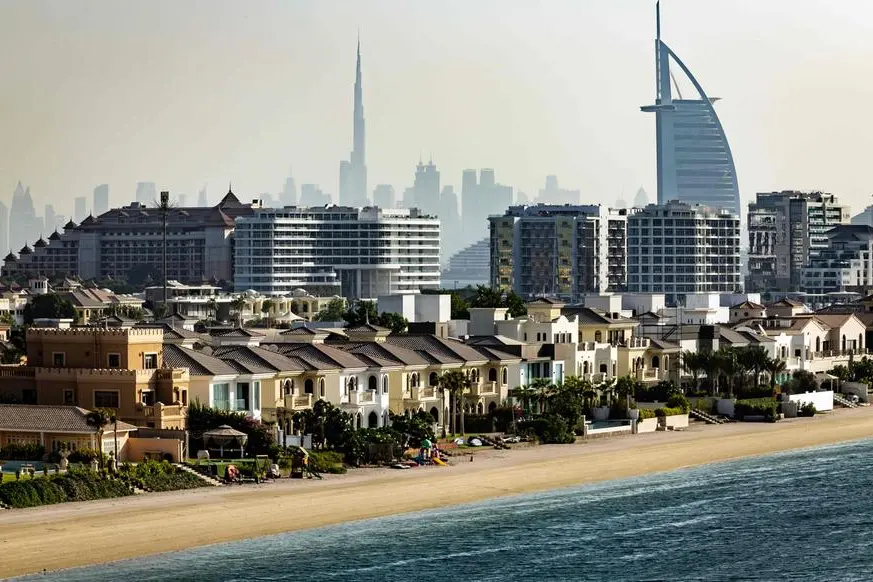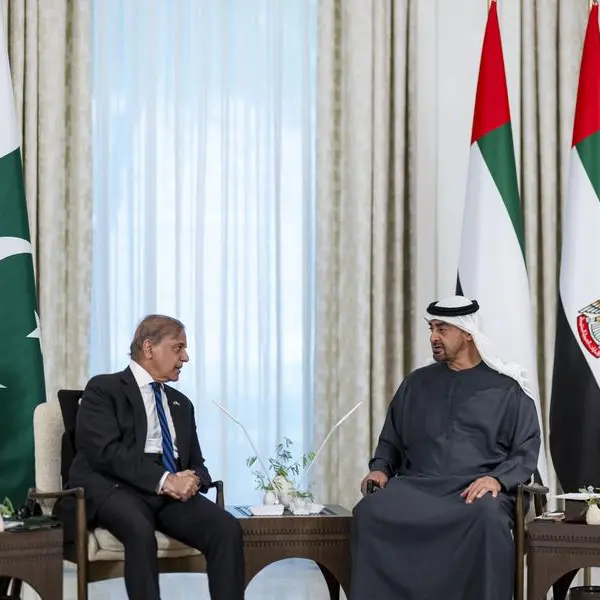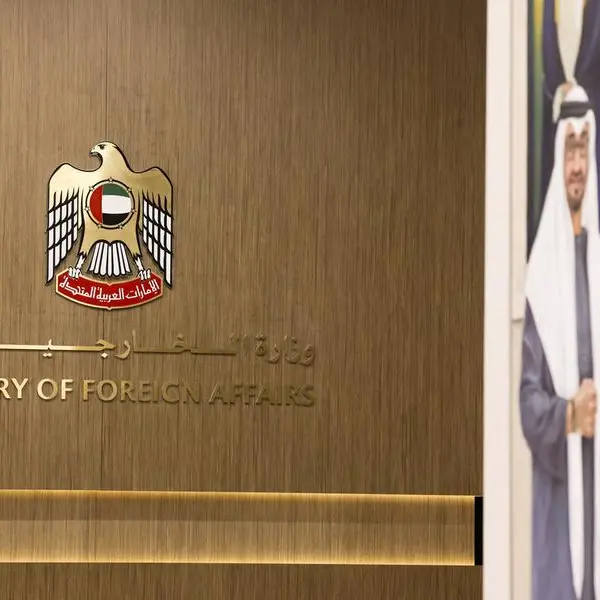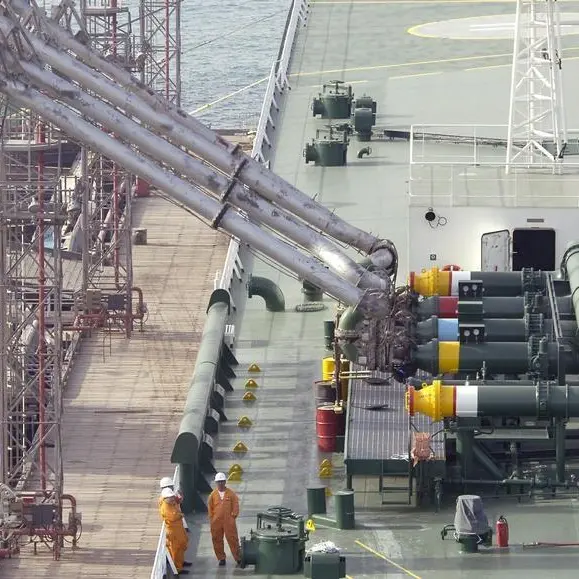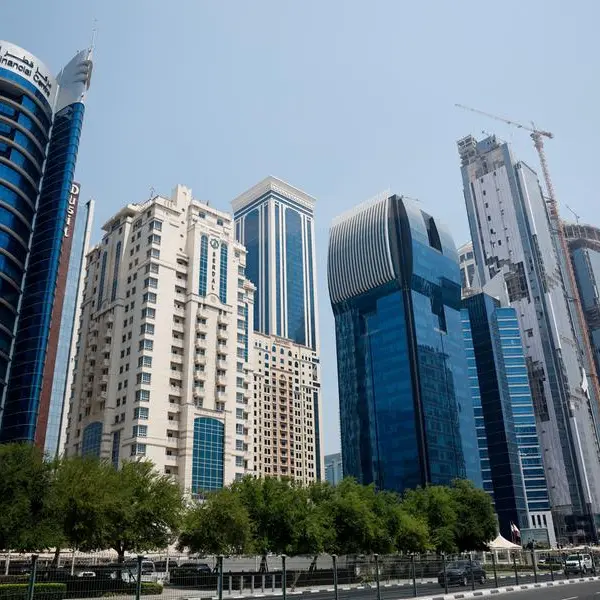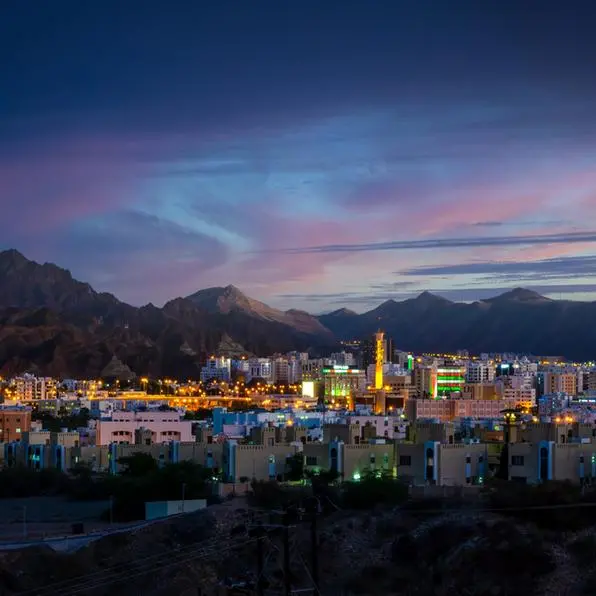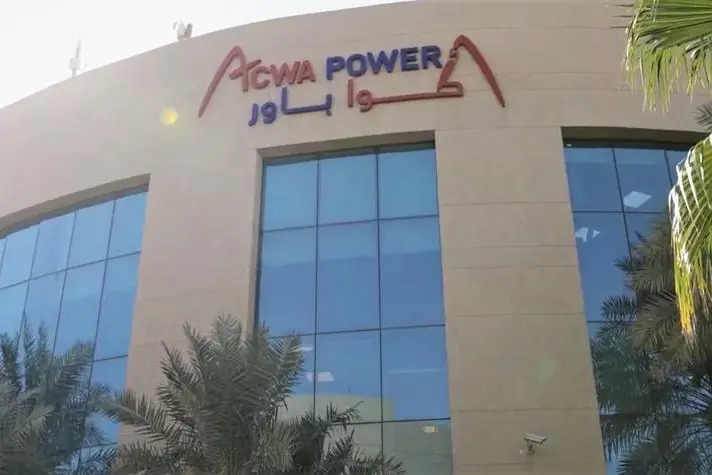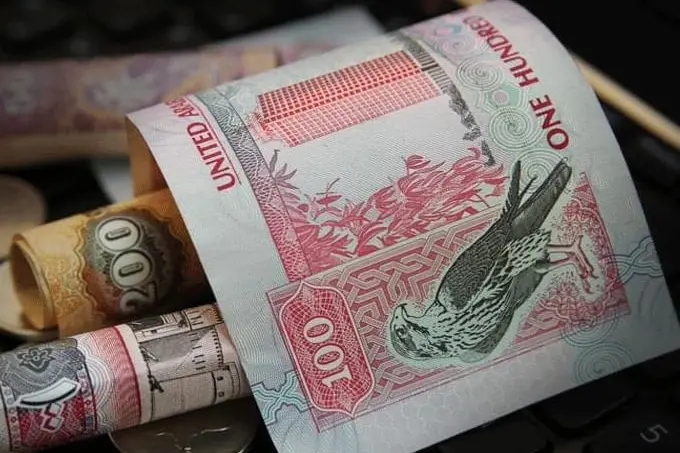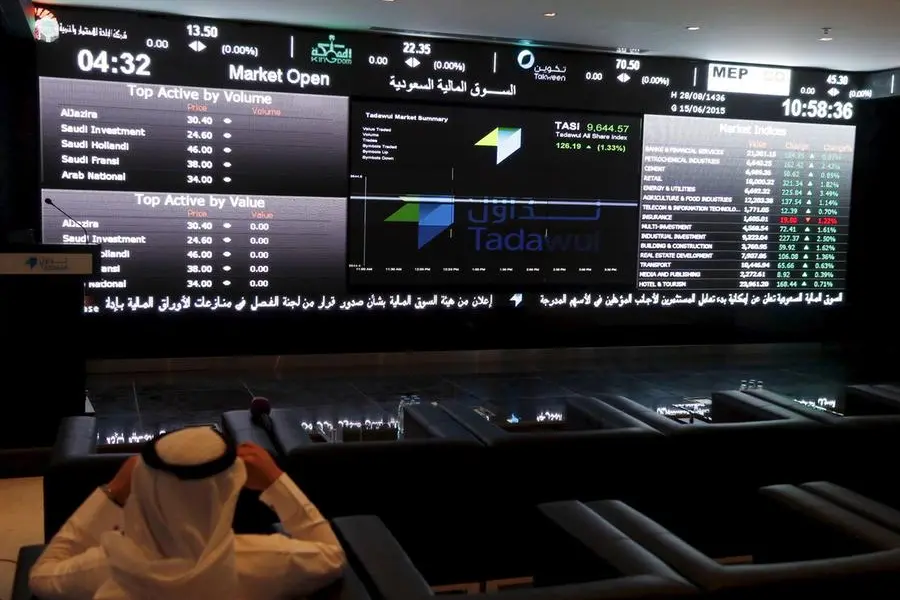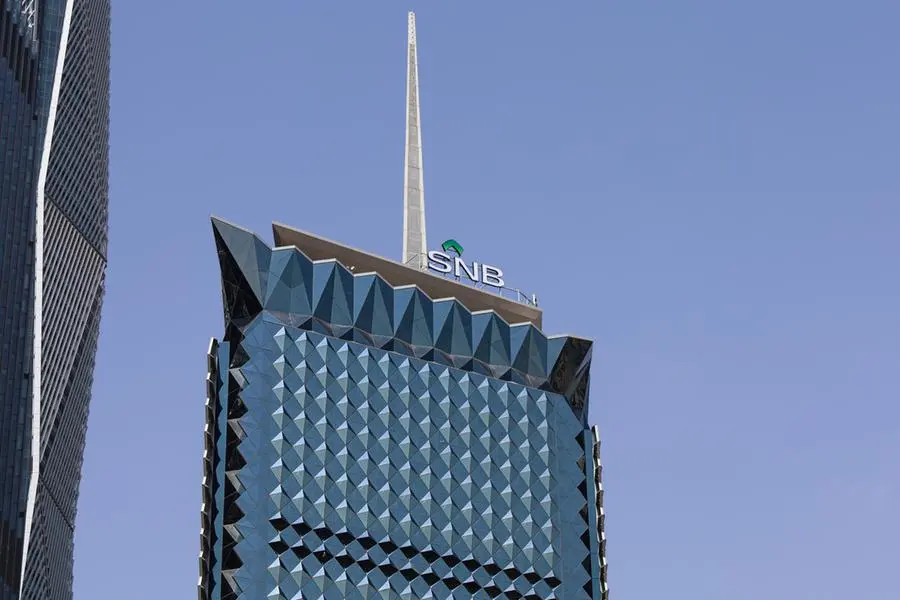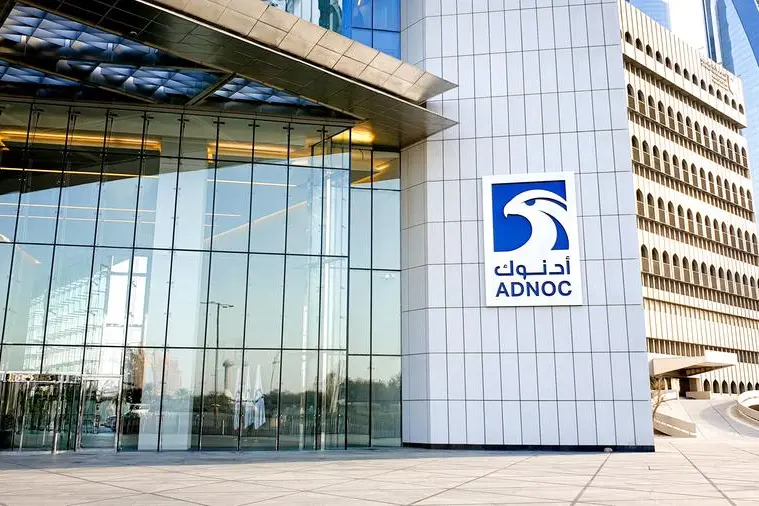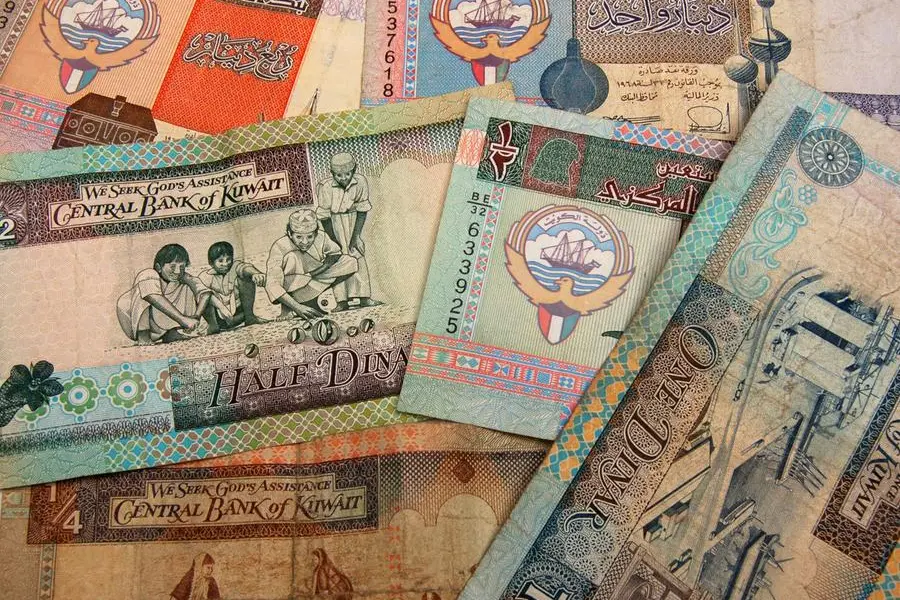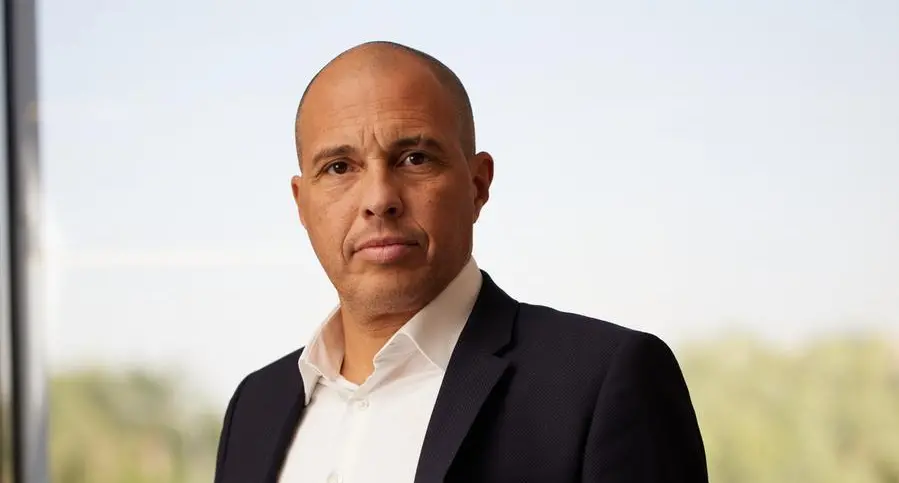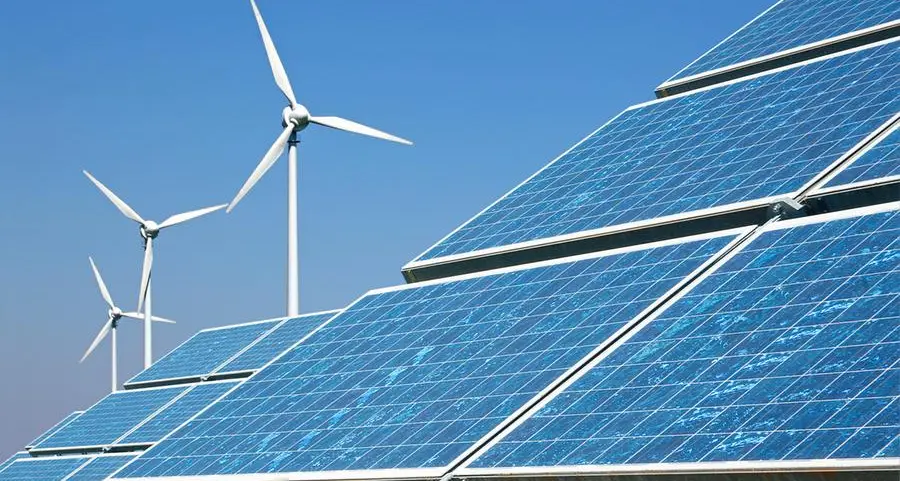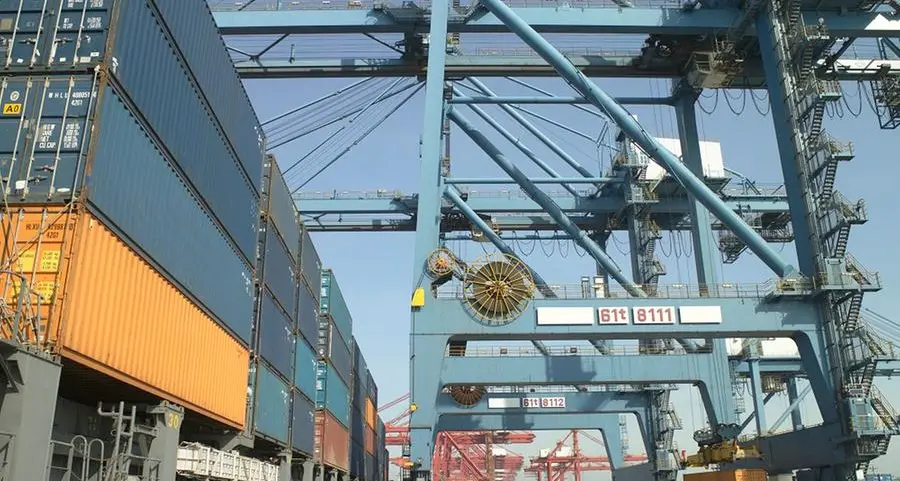PHOTO
Economies in the Gulf Cooperation Council (GCC) are bucking the trend of downgraded growth, with regional gross domestic product (GDP) poised to expand by 4.4% this year, an upgrade from previous forecasts.
The stronger-than-expected growth will be driven primarily by higher oil output and robust non-oil sectors, especially in the region's two largest economies, the UAE and Saudi Arabia, according to ICAEW and Oxford Economics.
"We have upgraded our GCC forecast due to faster OPEC+ output increases and sustained non-oil momentum in key economies like Saudi Arabia and the UAE," said Scott Livermore, ICAEW Economic Advisor and Chief Economist and Managing Director, Oxford Economics Middle East.
Last week, the World Bank slashed its projection for global GDP to 2.3% in 2025, nearly half a percentage point lower than the forecast in the beginning of the year. The downgrade was attributed to heightened trade tensions and policy uncertainty.
Saudi, UAE economies
Saudi Arabia is now expected to see its oil economy grow by 5.2% in 2025, a sharp increase from 1.9% previously, as oil output averages higher at 9.7 million barrels per day and non-oil sectors continue to expand, ICAEW and Oxford Economics noted.
The kingdom's non-oil activities are projected to grow by 5.3%, while investor sentiment remains upbeat, with S&P recently upgrading the country's credit rating to A+.
In the UAE, the economy will expand by 5.1% on the back of an oil output recovery, a 4.7% growth in non-oil GDP and deepening trade ties. The growth will also be driven by strong tourism, with international visitor spending expected to account for nearly 13% of GDP in 2025.
"The GCC economies are showing remarkable adaptability amid shifting global trade dynamics. Investments in tourism, technology and infrastructure continue to pay dividends, strengthening resilience and laying the groundwork for long-term growth," said Hanadi Khalife, Head of Middle East, ICAEW.
(Writing by Cleofe Maceda; editing by Seban Scaria)
